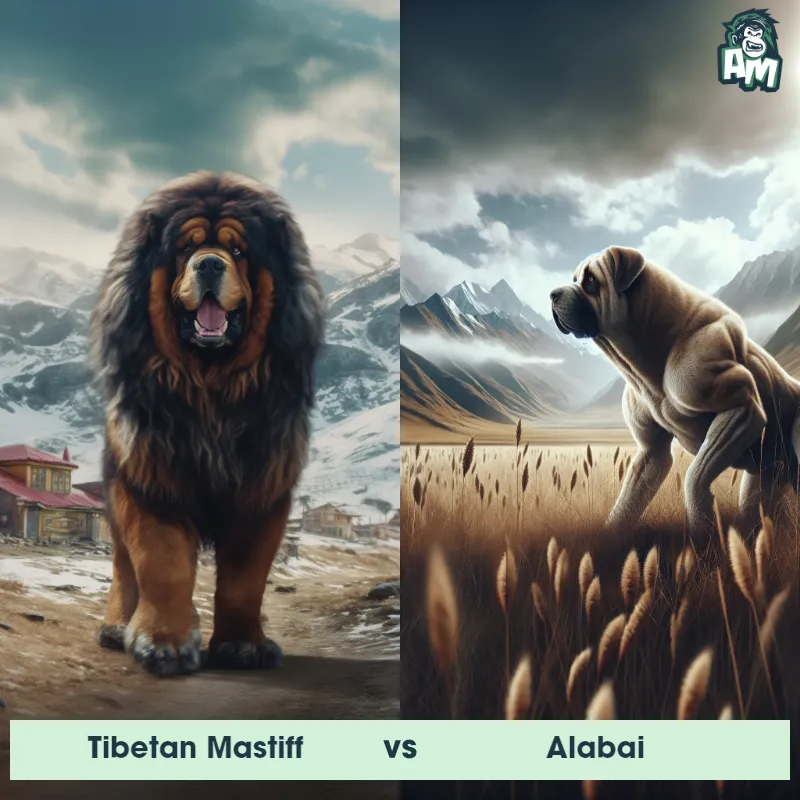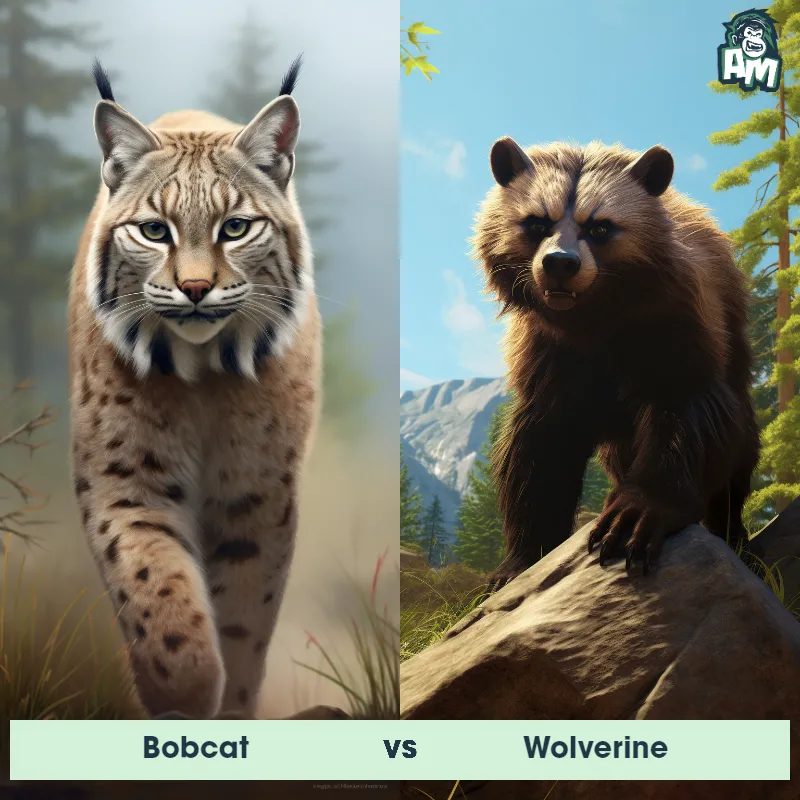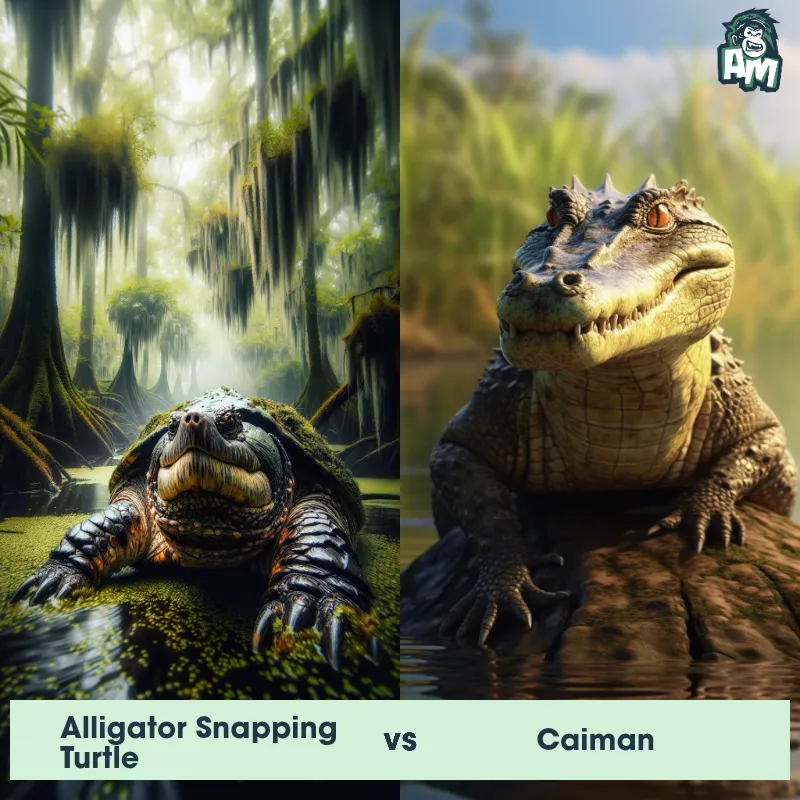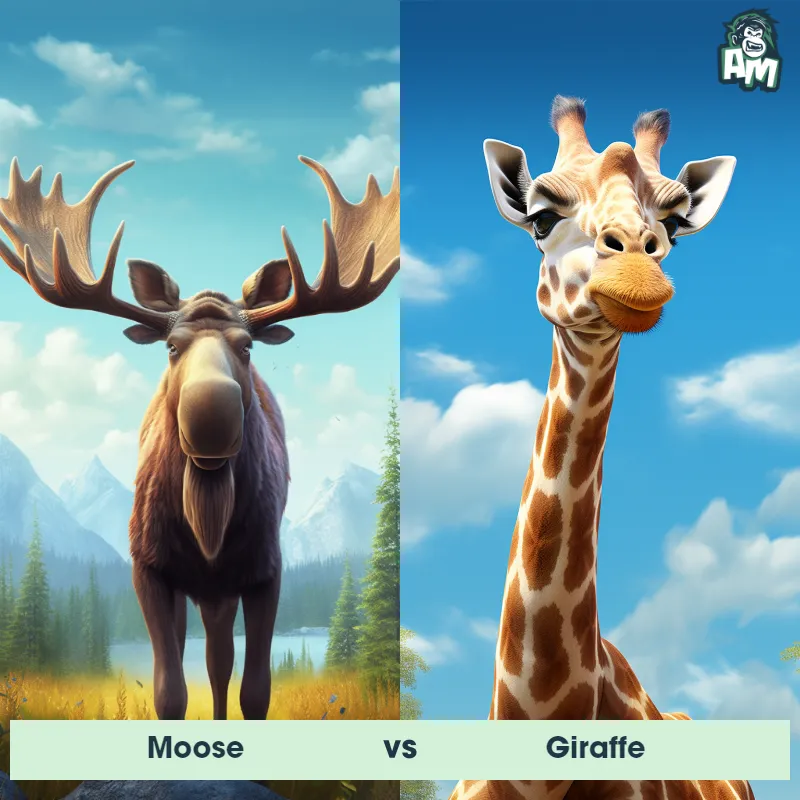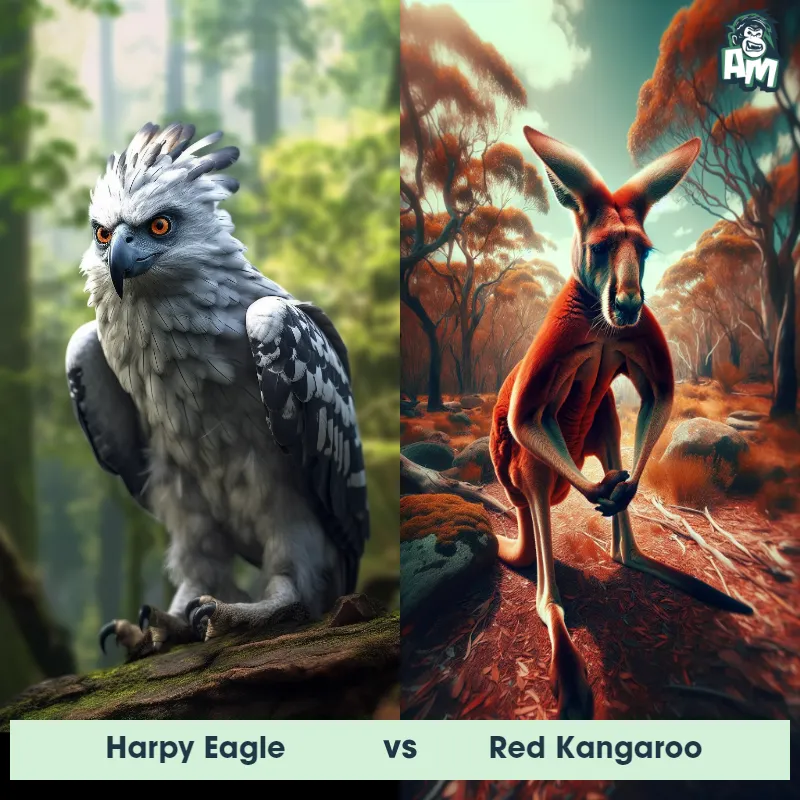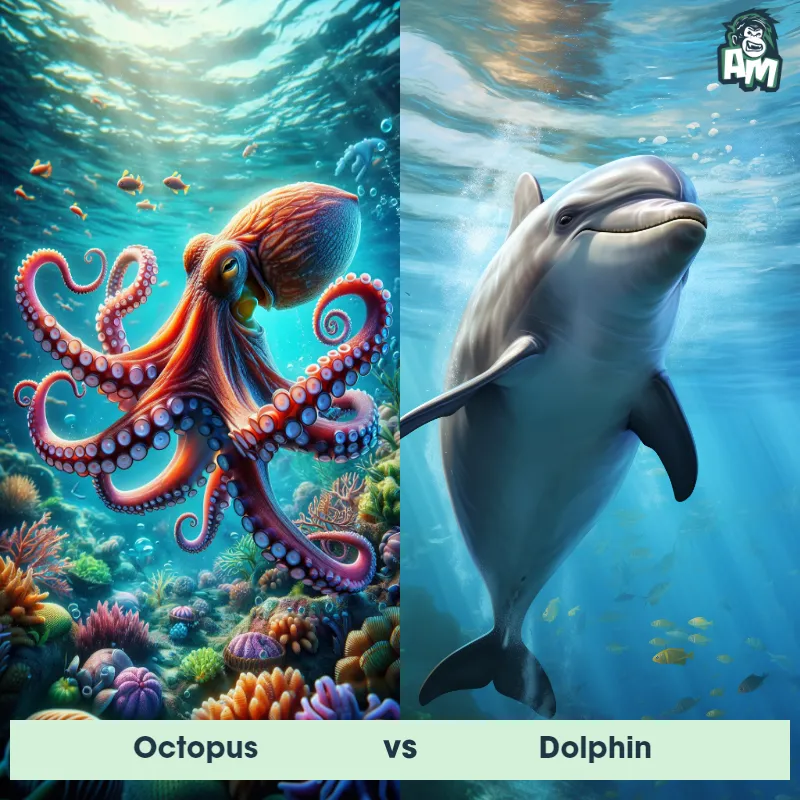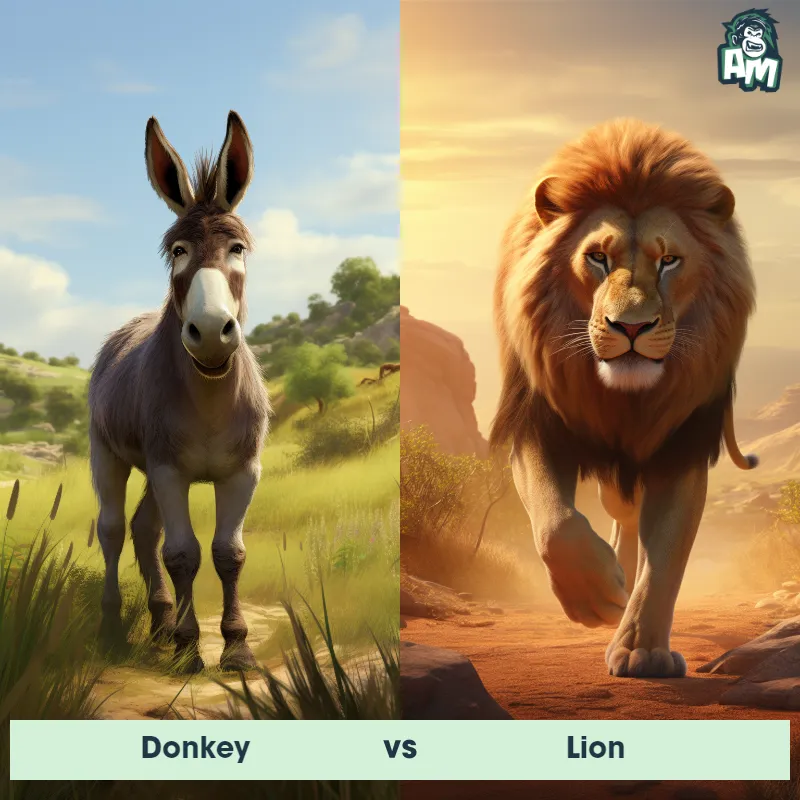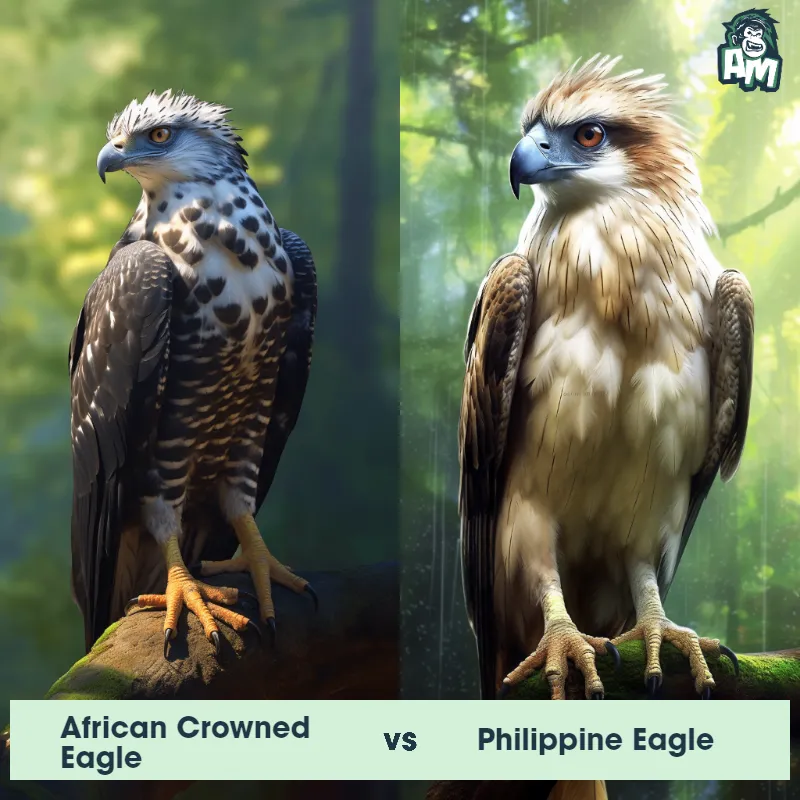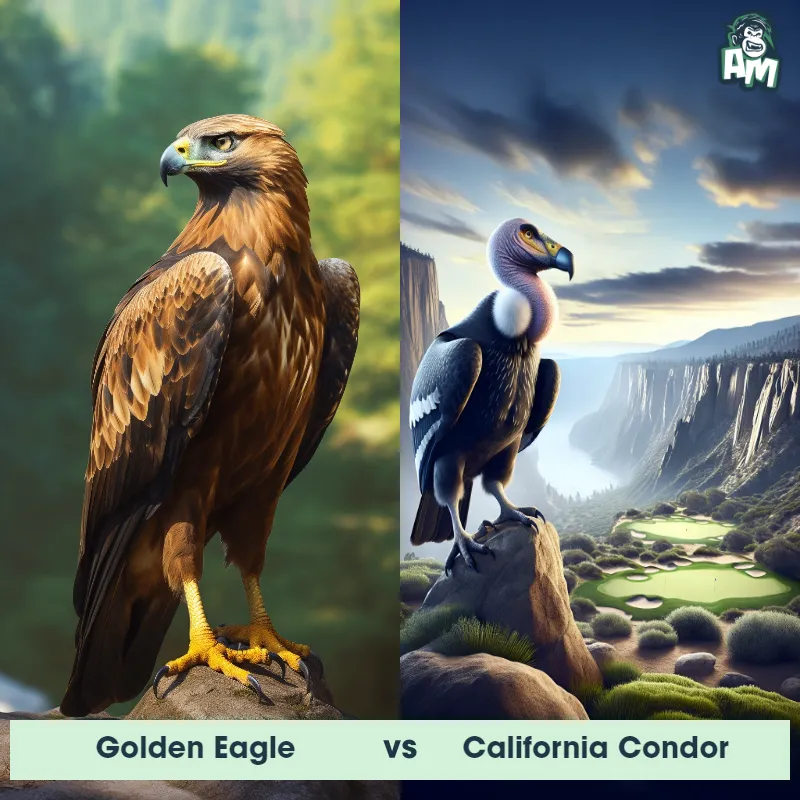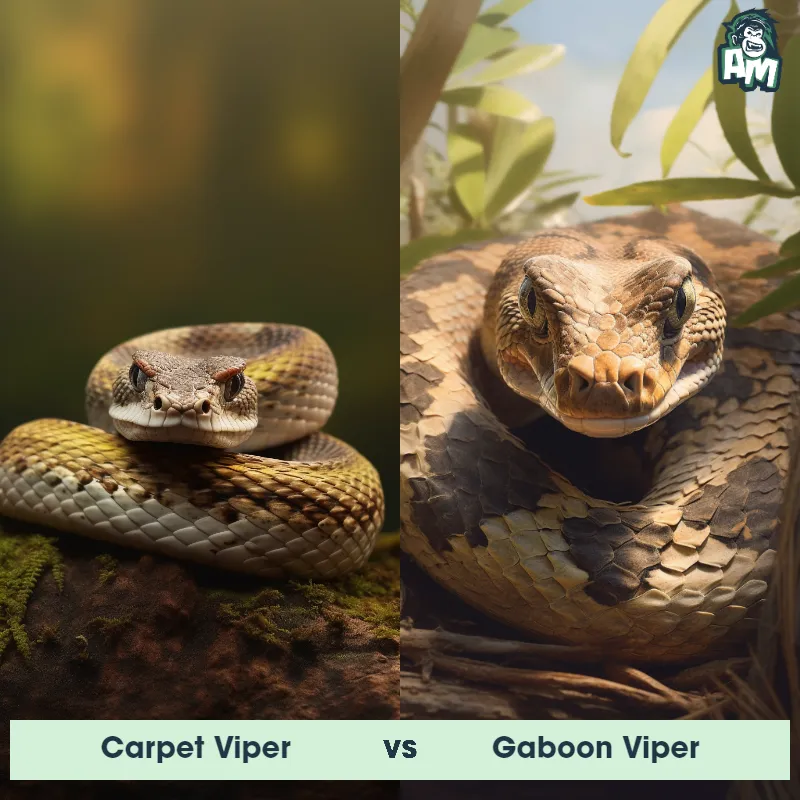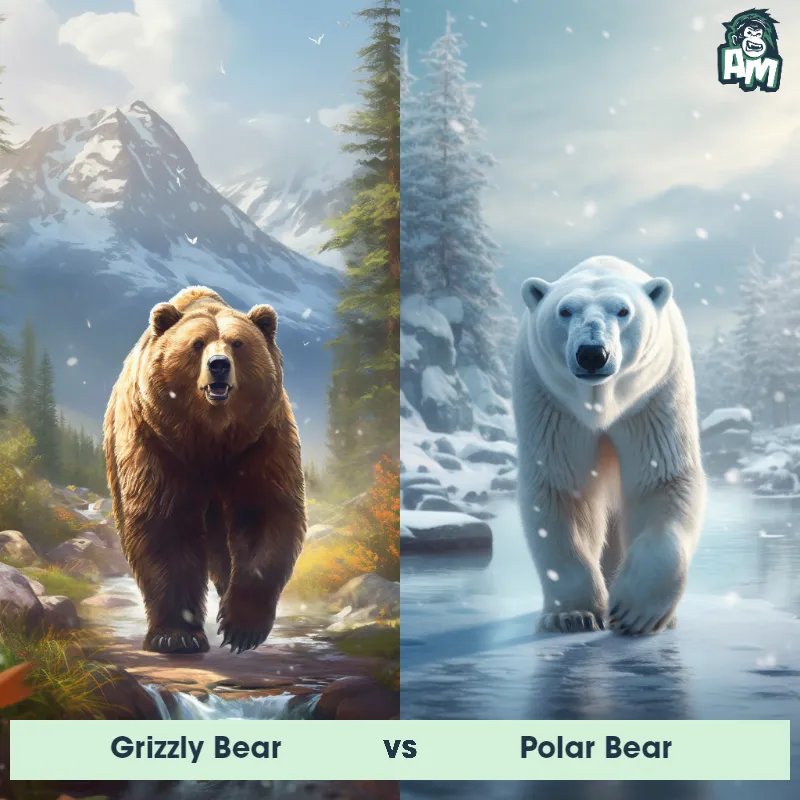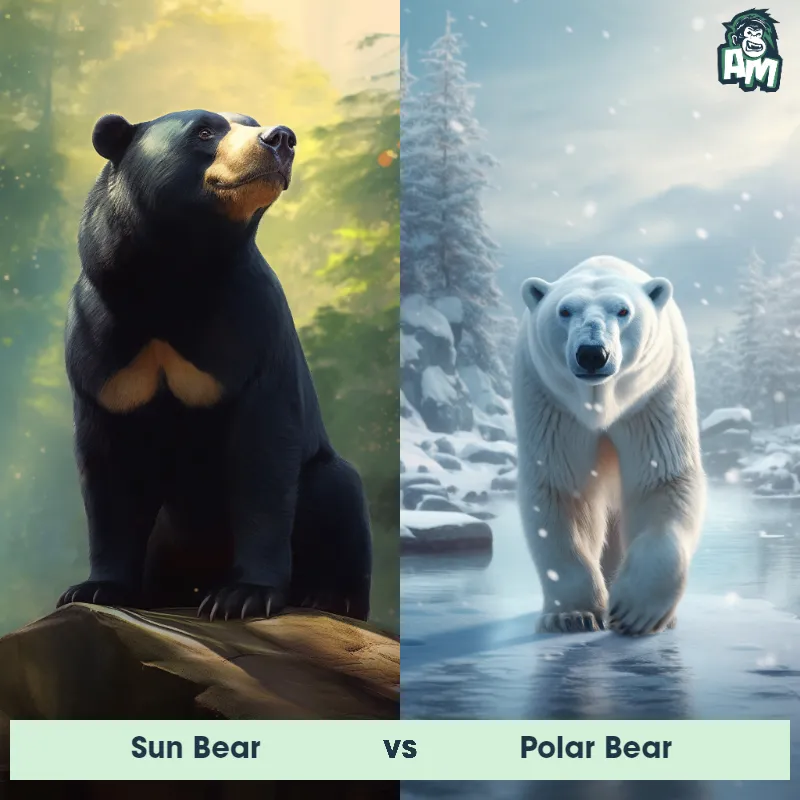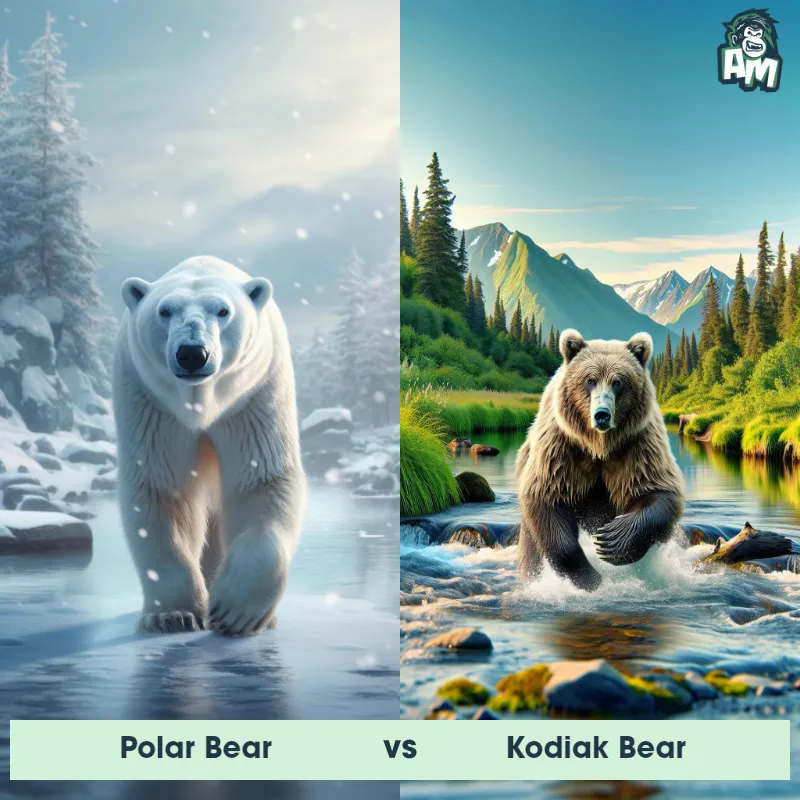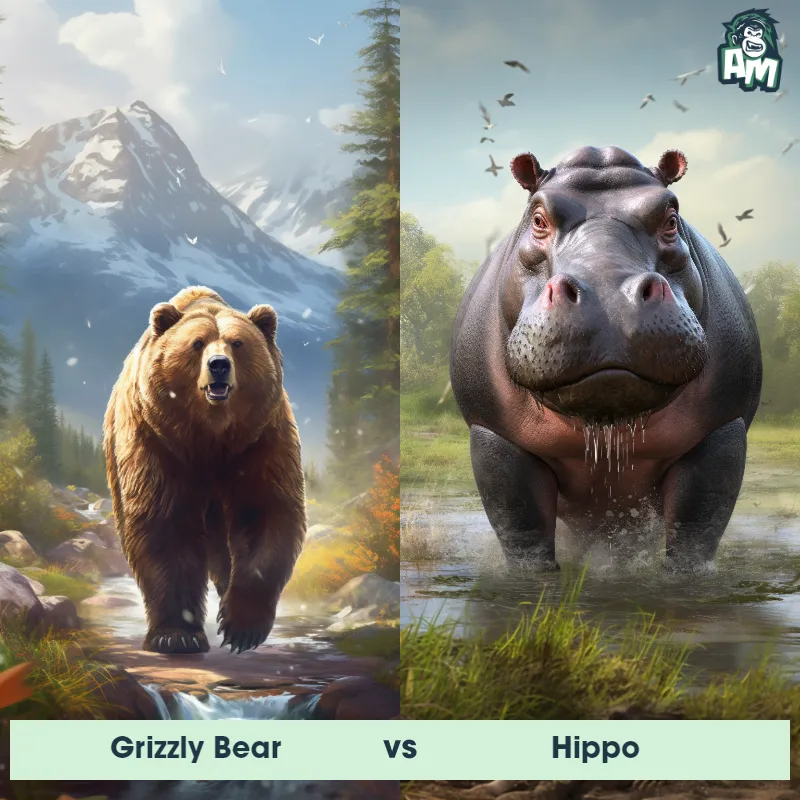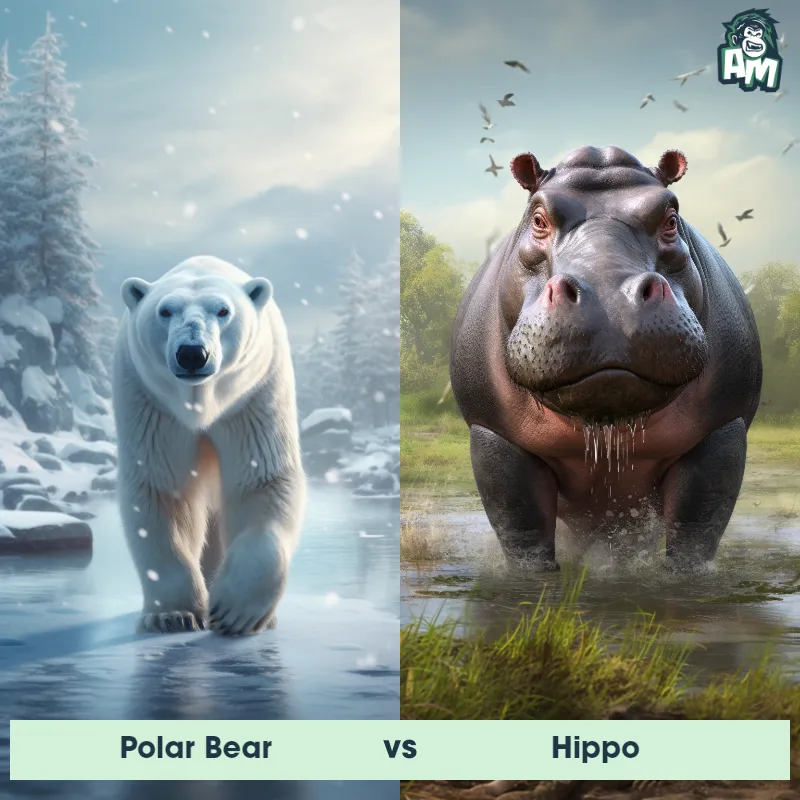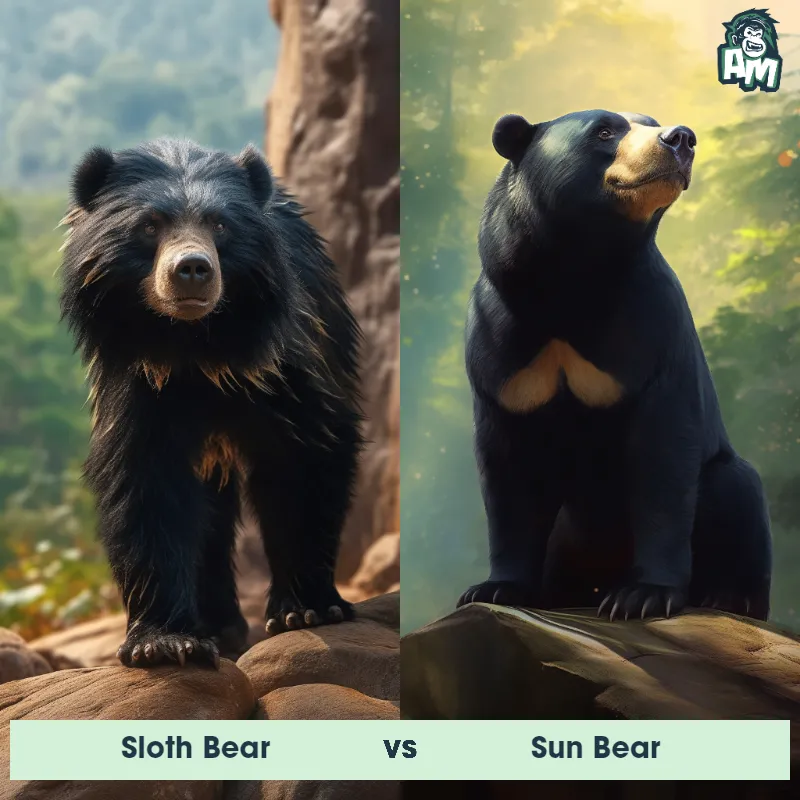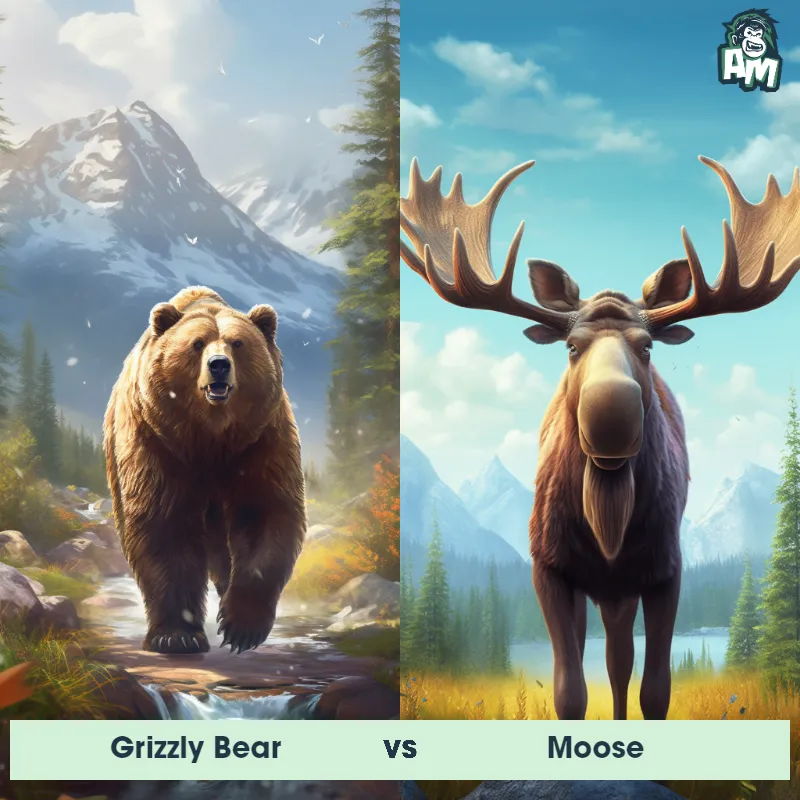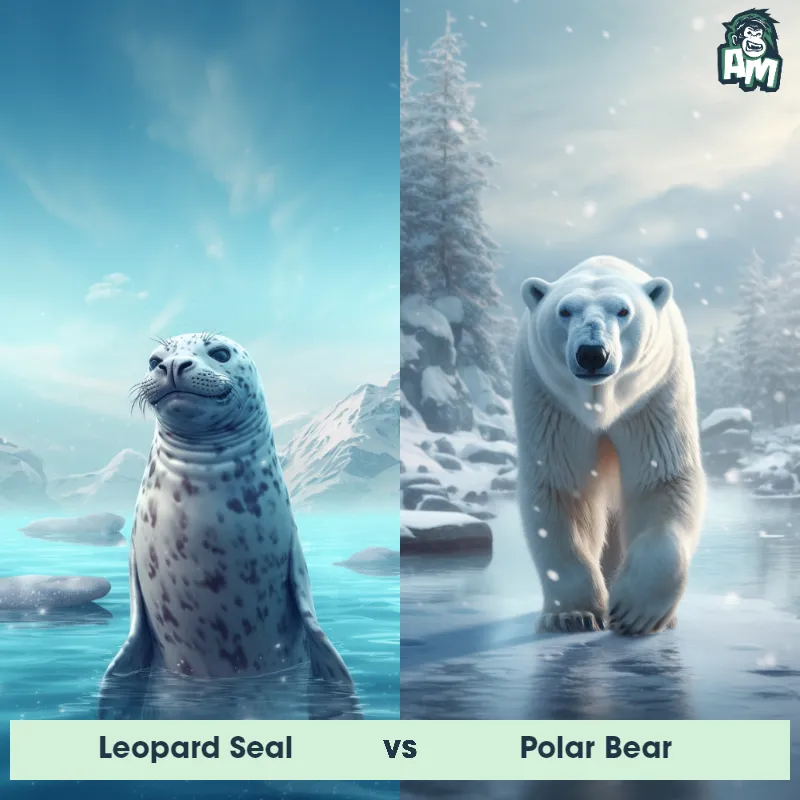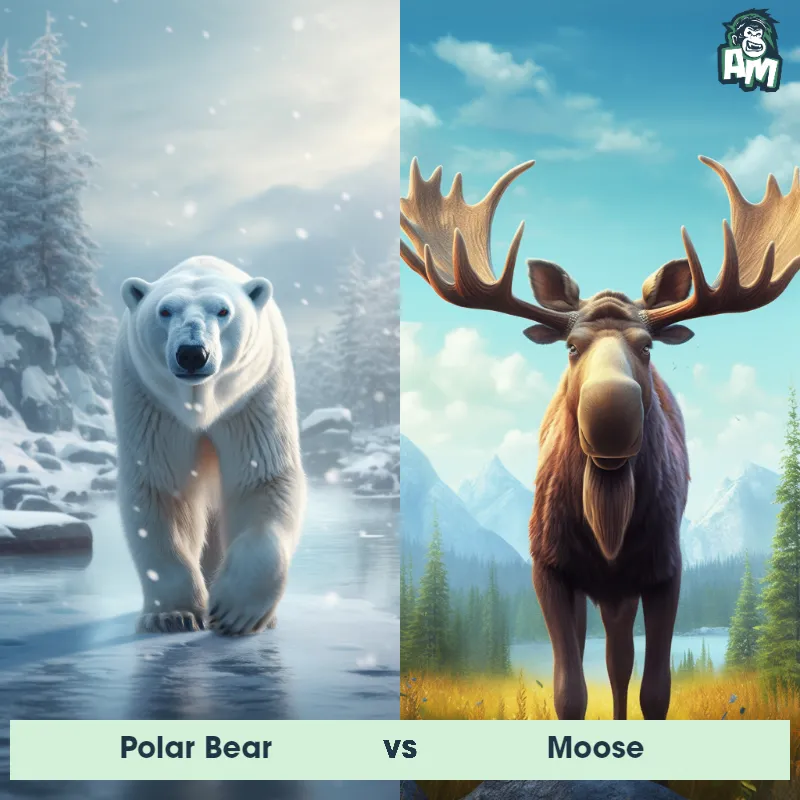Sun Bear vs Asiatic Black BearSee Who Wins

Ladies and gentlemen, welcome to an epic showdown between two fierce competitors in the animal kingdom! Get ready for a thrilling three-round fight between a Sun Bear and an Asiatic Black Bear. These formidable opponents are about to clash in an intense battle of strength, agility, and instinct. Let's dive right into the action and witness the raw power of these magnificent creatures!
Contender 1: Sun Bear
The Sun Bear, also known as the honey bear, is the smallest bear species in the world, weighing only 60-145 pounds and standing at 2-3 feet tall. They have short, sleek black fur with a distinctive yellow or orange crescent-shaped patch on their chest. Sun Bears have long tongues, which they use to extract honey from beehives, and sharp claws for climbing trees. They are found in Southeast Asia and are known for their shy and elusive nature.
Fun Fact: Sun Bears have the longest tongues of any bear species, which can reach up to 10 inches in length, allowing them to extract honey from beehives with ease.
Contender 2: Asiatic Black Bear
The Asiatic Black Bear, also known as the Moon Bear, is a medium-sized bear species found in the forests of Asia. They have a distinctive V-shaped white patch on their chest and a shiny black coat. They are omnivorous and feed on fruits, nuts, insects, small mammals, and occasionally larger prey. They are known for their climbing abilities and can be found in trees.
Fun Fact: Asiatic Black Bears have a unique way of communicating with each other by making a variety of sounds, including grunts, moans, and barks.
Matchup Stats
| Sun Bear | Asiatic Black Bear | |
|---|---|---|
| Size | 2-3 feet (0.6-0.9 meters) | 5-6 feet (1.5-1.8 meters) |
| Weight | 60-145 pounds (27-66 kilograms) | 220-440 pounds (100-200 kilograms) |
| Speed | Speed: 25 mph (40.23 km/hr) | Speed: 25 mph (40 km/hr) |
| Key Strength | Sharp claws for climbing and defense | Powerful jaws and sharp claws |
| Biggest Weakness | Small size and shy nature | Slow movement |
Current Votes
Sun Bear vs Asiatic Black Bear
See Who Wins
View More Matches
Looking For More?
Similar Matches
Scientific Stats
| Sun Bear | Asiatic Black Bear | |
|---|---|---|
| Scientific Name | Helarctos malayanus | Ursus thibetanus |
| Family | Ursidae | Ursidae |
| Habitat | Forests | Forests |
| Geography | Southeast Asia | Asia |
| Diet | Omnivorous, eats insects, fruit, small mammals, and honey | Omnivorous |
| Lifespan | 25 years - 30 years | 20 years - 30 years |
Key Differences between Sun Bear and Asiatic Black Bear
- Muzzle coloration: The muzzle of a Sun Bear is typically lighter in color than the rest of its face, varying from light brown to white. On the other hand, the muzzle of an Asiatic Black Bear matches the color of its facial fur, which is predominantly black.
- Chest markings: Sun Bears have a distinct, pale or golden crescent-shaped patch on their chest, which varies in shape and size between individuals. Asiatic Black Bears lack any distinctive markings on their chest and have uniformly colored fur in that area.
- Fur color: The Sun Bear has relatively short, sleek fur that ranges from black to dark brown, with a distinctive yellowish or golden crescent-shaped patch on its chest, giving it its name. In contrast, the Asiatic Black Bear has long, shaggy fur that is predominantly black, but may occasionally have a brownish or whitish muzzle or a patch of white on the chest.
- Ear shape: Sun Bears have relatively large, round ears that are visible from a distance, while Asiatic Black Bears possess smaller, round or rounded triangular ears that tend to blend in with their fur.
- Size: The Sun Bear is considerably smaller than the Asiatic Black Bear, with an average length of 4 to 5 feet and a height of 2 to 3 feet, whereas the Asiatic Black Bear can reach lengths of 5 to 6.6 feet and stand up to 3 feet tall at the shoulder.
- Facial features: Sun Bears have a short, broad muzzle with a black nose, and relatively large eyes located toward the front of their head. In contrast, Asiatic Black Bears have a longer, narrower muzzle, a lighter-colored nose, and smaller eyes that are located more toward the sides of their head.



